Home>Articles>How Do I Know If My Fireplace Flue Is Open Or Closed
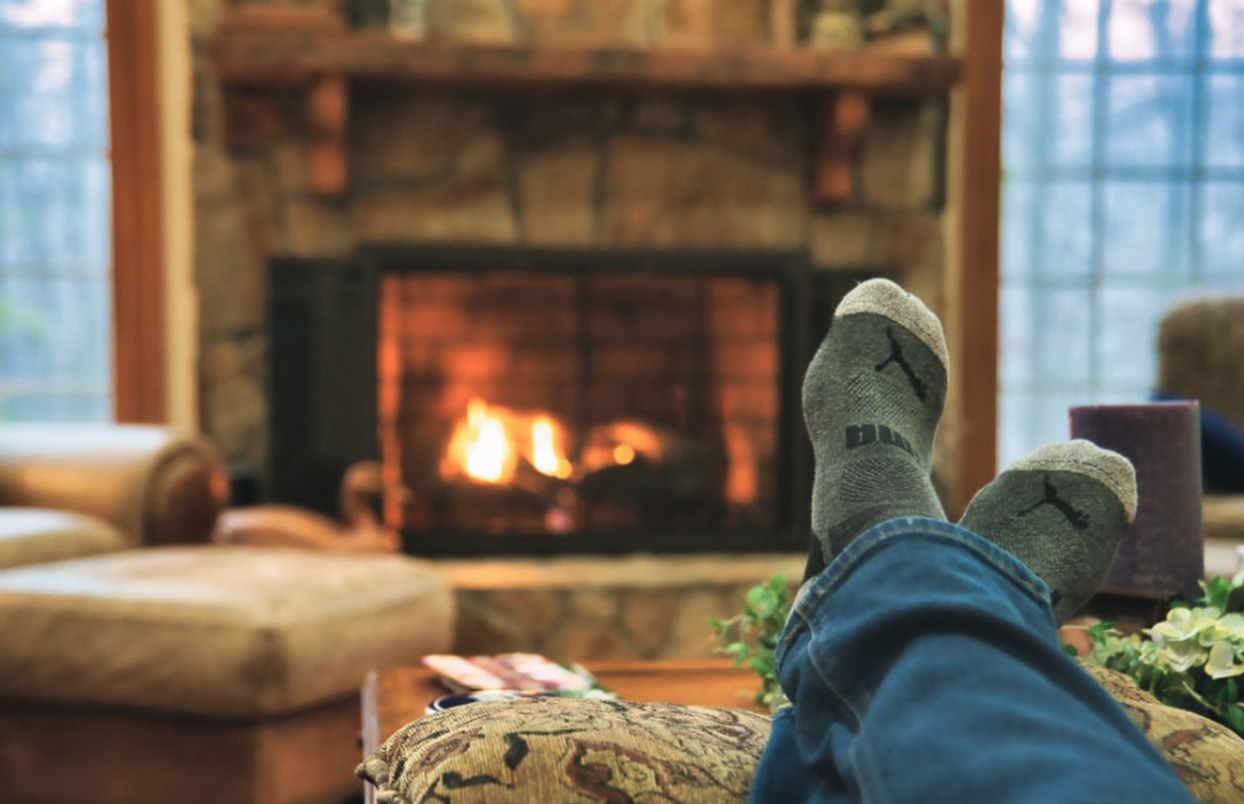

Articles
How Do I Know If My Fireplace Flue Is Open Or Closed
Modified: January 18, 2024
Learn how to determine if your fireplace flue is open or closed with our informative articles. Gain valuable knowledge and ensure your fireplace is functioning safely and efficiently.
(Many of the links in this article redirect to a specific reviewed product. Your purchase of these products through affiliate links helps to generate commission for Storables.com, at no extra cost. Learn more)
Introduction
Fireplaces are a cozy and comforting addition to any home, providing warmth and ambiance during the cold winter months. However, to ensure safe and efficient operation, it is essential to understand how your fireplace works and how to properly use its components. One important component of a fireplace is the flue.
The flue is a passageway that allows smoke and gases to escape from the fireplace and up through the chimney. It also helps regulate the airflow, preventing backdrafts and keeping your home free from smoke and fumes. Understanding whether your fireplace flue is open or closed is crucial for the overall function of your fireplace and for maintaining a safe and comfortable environment.
In this article, we will explore the signs that indicate whether your fireplace flue is open or closed, the steps to check its position, and the reasons why it might be stuck. We will also discuss the benefits of keeping your fireplace flue open and provide tips for maintaining your fireplace and flue.
By the end of this article, you will have a clear understanding of how to determine the position of your fireplace flue and how to ensure its proper functioning for a cozy and enjoyable fireplace experience.
Key Takeaways:
- Regularly checking and maintaining the position of your fireplace flue is crucial for safe and efficient operation. Signs of an open or closed flue, along with professional inspections, ensure a cozy and hazard-free fireplace experience.
- Keeping your fireplace flue open offers benefits such as proper ventilation, improved fire efficiency, and enhanced safety. Regular maintenance, proper usage, and professional assistance contribute to a long-lasting and enjoyable fireplace ambiance.
Read more: How To Close The Flue On A Gas Fireplace
Understanding the Fireplace Flue
The fireplace flue is a vital component of your fireplace system. It is a passage or ductway that allows smoke, soot, and gases to exit your home safely through the chimney. The flue is typically made of metal or clay and is located just above the firebox.
When the flue is open, it creates a clear path for the smoke and gases to escape, preventing them from entering your living space. This helps maintain a healthy and comfortable environment indoors. On the other hand, when the flue is closed, it acts as a barrier, preventing the smoke and gases from escaping and allowing them to accumulate inside your home. This can lead to an unpleasant odor, poor air quality, and potential health hazards.
In addition to ensuring proper ventilation, the flue also plays a crucial role in regulating the airflow in your fireplace. When the flue is open, it allows fresh air to enter the fireplace, providing oxygen necessary for efficient combustion. This helps your fire burn more efficiently and produce less smoke. When the flue is closed, it restricts the airflow, reducing the amount of oxygen available to the fire and causing it to burn less efficiently.
Understanding the function and importance of the fireplace flue is essential for maintaining a safe and effective fireplace. It is crucial to know whether your flue is open or closed to ensure proper ventilation and airflow while using your fireplace.
Signs That Your Fireplace Flue is Open
Knowing whether your fireplace flue is open or closed is essential for safe and effective operation. Here are some signs that indicate your fireplace flue is open:
- No resistance when pushing the damper: The damper is a metal plate that opens and closes the flue. If you can easily push the damper up and down, it is likely that your flue is open.
- Visible opening at the top of the chimney: Look up at the top of your chimney. If you can see daylight or feel air coming in, it indicates that your flue is open.
- No smoke or fumes entering your home: When your fireplace is in use, there should be no smoke, soot, or fumes entering your living space. If you notice any of these, it may indicate that your flue is closed or partially closed.
- Efficient burning and minimal smoke: When the flue is open, the fire burns more efficiently, producing minimal smoke. If you notice that your fire is burning well and smoke is going up the chimney, it is a good indication that your flue is open.
These signs can help you determine whether your fireplace flue is open and ensure proper ventilation and airflow. If you notice any signs that your flue is closed or obstructed, it is important to address the issue before using your fireplace.
Signs That Your Fireplace Flue is Closed
It is important to know if your fireplace flue is closed, as it can impact the safety and functionality of your fireplace. Here are some signs that indicate your fireplace flue is closed:
- Strong draft or air pressure: If you feel a strong draft coming from your fireplace, it could be a sign that your flue is closed. The closed flue prevents the ventilation of smoke and gases out of your home, causing the air pressure to build up.
- Smoke or fumes entering your living space: If you notice smoke, soot, or fumes coming into your home when using your fireplace, it is a clear indication that your flue is closed or partially closed. The smoke has no way to escape through the closed flue, leading to poor indoor air quality.
- Difficulty in starting or maintaining a fire: When the flue is closed, the adequate airflow required for combustion is restricted. This can make it challenging to start a fire or keep it burning strong. If you’re experiencing difficulty in getting your fire to ignite or sustain, it could be due to a closed flue.
- Unpleasant odors: A closed flue can cause a buildup of smoke, soot, and other byproducts of combustion in your chimney and fireplace. This can result in unpleasant odors permeating your home. If you notice a lingering smell of smoke even when your fireplace isn’t in use, it is a clear indication that your flue is closed.
It is crucial to address a closed flue before using your fireplace for safety reasons. An obstructed or closed flue can lead to poor indoor air quality, increased fire risk, and potential health hazards. If you notice any signs that your flue is closed, it’s important to take the necessary steps to open it before using your fireplace again.
Steps to Check if Your Fireplace Flue is Open or Closed
Checking the position of your fireplace flue is important to ensure it is open and properly functioning. Here are the steps to follow to determine whether your fireplace flue is open or closed:
- Visual Inspection: Start by visually inspecting the area around your fireplace. Look for any signs indicating the position of the flue, such as a lever or handle. These are typically located near the fireplace opening or inside the firebox.
- Check the Damper: The damper is a metal plate that controls the opening and closing of the flue. Reach into the fireplace and feel for the damper just above the firebox. Slowly push up on the damper to check if it moves freely. If you encounter resistance or cannot move it, the flue may be closed.
- Inspect the Chimney: Go outside and visually inspect the chimney. Look for any signs of a closed flue, such as a closed or covered opening at the top of the chimney. If you see a blockage or obstruction, it suggests that your flue is closed.
- Use a Flashlight: If you are unsure about the position of your flue, use a flashlight to illuminate the inside of the chimney from below. You can do this by shining the light up the chimney while someone checks the opening at the top to see if light is visible. If light is not visible, it may indicate a closed flue.
- Seek Professional Help: If you are unsure or unable to determine the position of your flue on your own, it is best to seek the assistance of a professional chimney sweep or fireplace technician. They have the expertise and tools necessary to inspect and adjust the flue properly.
It is important to remember that the flue should only be manipulated when the fireplace is not in use and the fire has completely extinguished. Safety should always be the top priority when dealing with fireplaces and chimneys.
By following these steps, you can easily check if your fireplace flue is open or closed. If you discover that your flue is closed, take the necessary steps to open it before using your fireplace for the sake of safety and optimal functionality.
To check if your fireplace flue is open or closed, shine a flashlight up the chimney and look for light coming through the flue. If you see light, the flue is open; if not, it’s closed. Always double-check before starting a fire.
Read more: How To Open The Flue Of Your Fireplace
Reasons Why Your Fireplace Flue Might Be Stuck
Discovering that your fireplace flue is stuck can be frustrating, as it can prevent you from properly using your fireplace. There are several reasons why your fireplace flue might be stuck. Some common causes include:
- Rust or Corrosion: Over time, metal components of the flue, such as the damper or hinges, can rust or corrode, causing them to become stuck. Exposure to moisture and heat can accelerate this deterioration.
- Debris or Obstruction: Leaves, twigs, bird nests, or debris can accumulate in the flue and obstruct its movement. This can happen if the chimney does not have a proper cap or if it hasn’t been cleaned regularly.
- Creosote Buildup: Creosote is a natural byproduct of burning wood in a fireplace. Over time, it can accumulate on the walls of the flue, leading to a sticky and tar-like substance. This buildup can restrict the movement of the flue or cause it to become stuck.
- Structural Issues: In some cases, the flue or the components that control its movement may have structural issues or damage. This can cause the flue to get stuck or not operate properly.
- Improper Installation: If the flue or damper was not installed correctly or has been improperly maintained, it can lead to a stuck flue. It’s important to ensure that your fireplace and flue are installed by a professional and kept in good working condition.
If you encounter a stuck flue, it is best to seek the assistance of a professional chimney sweep or fireplace technician. They have the necessary expertise and tools to diagnose the issue and provide appropriate solutions. Attempting to force or manipulate a stuck flue on your own can cause further damage or compromise your safety.
Regular maintenance and inspection of your fireplace and chimney can help prevent flue issues and ensure smooth operation. Hiring a professional to clean and inspect your chimney annually is highly recommended.
Understanding the possible causes of a stuck fireplace flue can help you address the issue promptly and ensure the efficient and safe operation of your fireplace.
Benefits of Keeping Your Fireplace Flue Open
Keeping your fireplace flue open is essential for the overall safety, functionality, and efficiency of your fireplace. Here are some key benefits of ensuring your fireplace flue remains open:
- Proper Ventilation: The primary purpose of the flue is to provide a pathway for smoke, gases, and byproducts of combustion to exit your home. By keeping the flue open, you can ensure proper ventilation, preventing the buildup of smoke and fumes in your living space. This helps maintain good indoor air quality and reduces the risk of carbon monoxide poisoning.
- Prevention of Backdrafts: An open flue helps regulate the airflow in your fireplace. It allows fresh air to enter the firebox, providing oxygen necessary for efficient combustion. This helps prevent backdrafts, where smoke or gases enter your home instead of being directed up the chimney. It creates a clear pathway for the smoke to exit, ensuring a safer and more enjoyable fireplace experience.
- Improved Fire Efficiency: When the flue is open, the fire burns more efficiently. It receives an adequate supply of oxygen, which helps the wood or fuel burn more completely and reduces the amount of smoke produced. This leads to a cleaner and more satisfying fire that generates more heat and requires less fuel.
- Reduced Smoke and Odor: An open flue allows smoke and odors to exit your home through the chimney. This reduces the risk of smoke lingering in your living space and eliminates unpleasant odors associated with a closed or partially closed flue.
- Enhanced Safety: Keeping the flue open is crucial for safe operation of your fireplace. It helps prevent the accumulation of dangerous gases, such as carbon monoxide, and minimizes the risk of chimney fires caused by the buildup of flammable materials.
By keeping your fireplace flue open, you can enjoy a safer, cleaner, and more efficient fireplace experience. Regularly checking the position of the flue before each use and ensuring it is functioning properly is essential for maintaining these benefits.
Remember to schedule regular maintenance and inspections by a professional chimney sweep or fireplace technician to keep your flue and fireplace in optimum condition and address any issues before they become major concerns.
Tips for Maintaining Your Fireplace and Flue
To ensure the longevity, safety, and optimal performance of your fireplace and flue, regular maintenance is key. Here are some essential tips for maintaining your fireplace and flue:
- Clean the Flue Regularly: Schedule annual professional chimney cleanings to remove creosote buildup, soot, and other debris from the flue. This helps prevent blockages and ensures proper ventilation.
- Inspect the Flue for Damage: Regularly inspect the flue for any signs of damage, such as cracks, rust, or loose components. Address any issues promptly to prevent further damage and maintain the proper functioning of the flue.
- Use the Fireplace Properly: Follow the manufacturer’s guidelines for operating your fireplace. Avoid burning materials other than firewood, such as plastics or garbage, as they can generate harmful and flammable substances.
- Use Seasoned Firewood: Burn only dry, seasoned firewood in your fireplace. Wet or unseasoned wood can produce excessive smoke and increase the likelihood of creosote buildup in the flue.
- Install a Chimney Cap: A chimney cap acts as a barrier against rain, debris, and animals entering your chimney. It helps protect the flue from damage and obstruction, reducing the need for frequent cleaning and preventing unwanted visitors.
- Check the Damper regularly: Ensure the damper is working properly by opening and closing it periodically. Lubricate any hinges or moving parts if necessary to facilitate smooth operation.
- Install Carbon Monoxide Detectors: Carbon monoxide is a colorless and odorless gas that can be produced by incomplete combustion. Install CO detectors near your fireplace and on every level of your home to alert you to potential leaks or harmful levels of carbon monoxide.
- Have Regular Professional Inspections: In addition to annual cleanings, schedule periodic inspections by a professional chimney sweep or fireplace technician. They can identify any potential issues and provide appropriate maintenance or repairs before they become major concerns.
- Keep the Area Clear: Ensure that the area around your fireplace is clear of any flammable materials, furniture, or decorations. Maintain a safe distance to prevent accidental ignition and ensure proper airflow.
By following these tips and implementing regular maintenance, you can ensure the safety, efficiency, and longevity of your fireplace and flue. Remember that professional assistance is always recommended for complex inspections and repairs to guarantee the best results.
Conclusion
Understanding whether your fireplace flue is open or closed is crucial for the safe and efficient operation of your fireplace. By keeping the flue open, you ensure proper ventilation, prevent backdrafts, and enjoy a more efficient and enjoyable fire. On the other hand, a closed flue can lead to poor indoor air quality, smoke entering your living space, and potential safety hazards.
By following the signs and steps outlined in this article, you can easily determine the position of your flue and address any issues that might arise. Regular maintenance, including professional chimney cleanings and inspections, is essential to ensure the proper functioning of your fireplace and flue.
Remember to use your fireplace responsibly, burn only dry and seasoned firewood, and follow the manufacturer’s guidelines. Install a chimney cap and carbon monoxide detectors for added safety and peace of mind. Keep the area around your fireplace clear and schedule regular professional assistance to address any maintenance or repair needs.
By prioritizing the maintenance and proper use of your fireplace and flue, you can enjoy the warmth, comfort, and ambiance it brings to your home for years to come. Stay safe, cozy, and happy fireside!
Frequently Asked Questions about How Do I Know If My Fireplace Flue Is Open Or Closed
Was this page helpful?
At Storables.com, we guarantee accurate and reliable information. Our content, validated by Expert Board Contributors, is crafted following stringent Editorial Policies. We're committed to providing you with well-researched, expert-backed insights for all your informational needs.
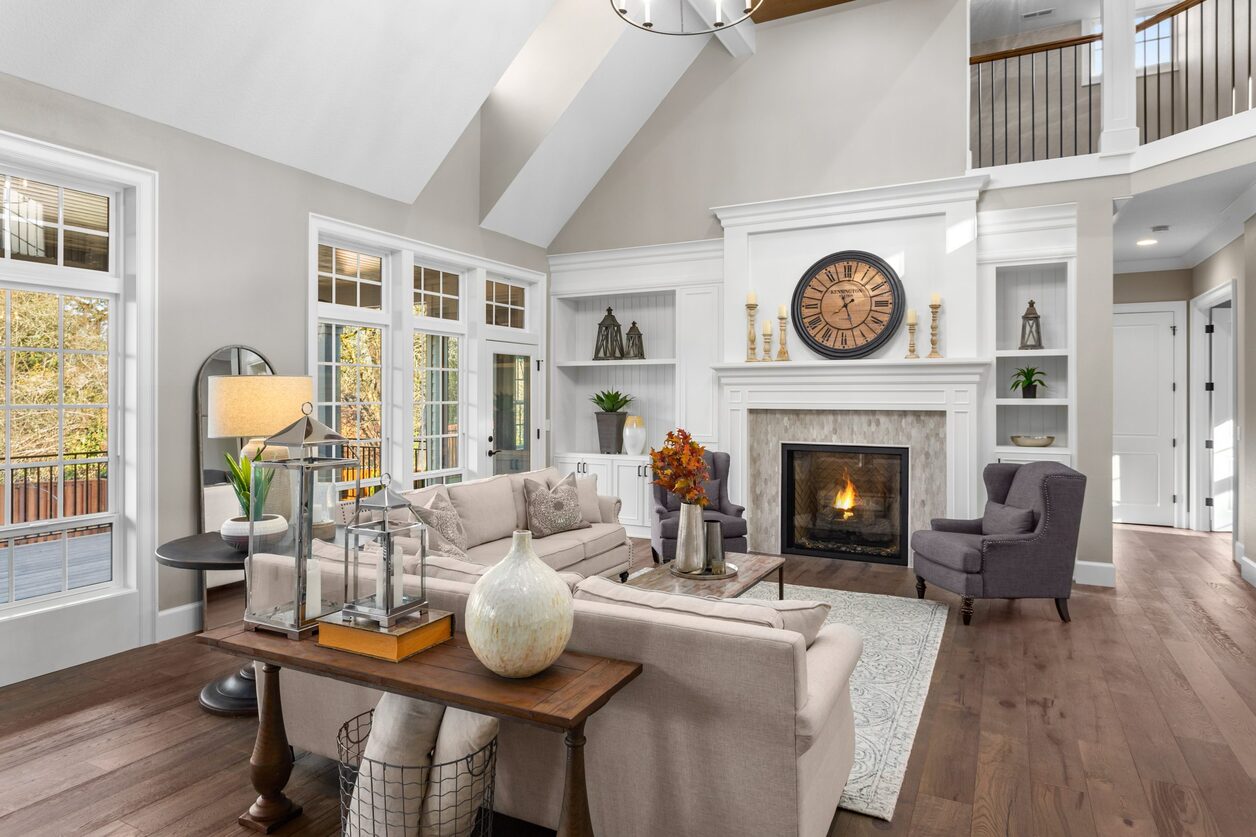
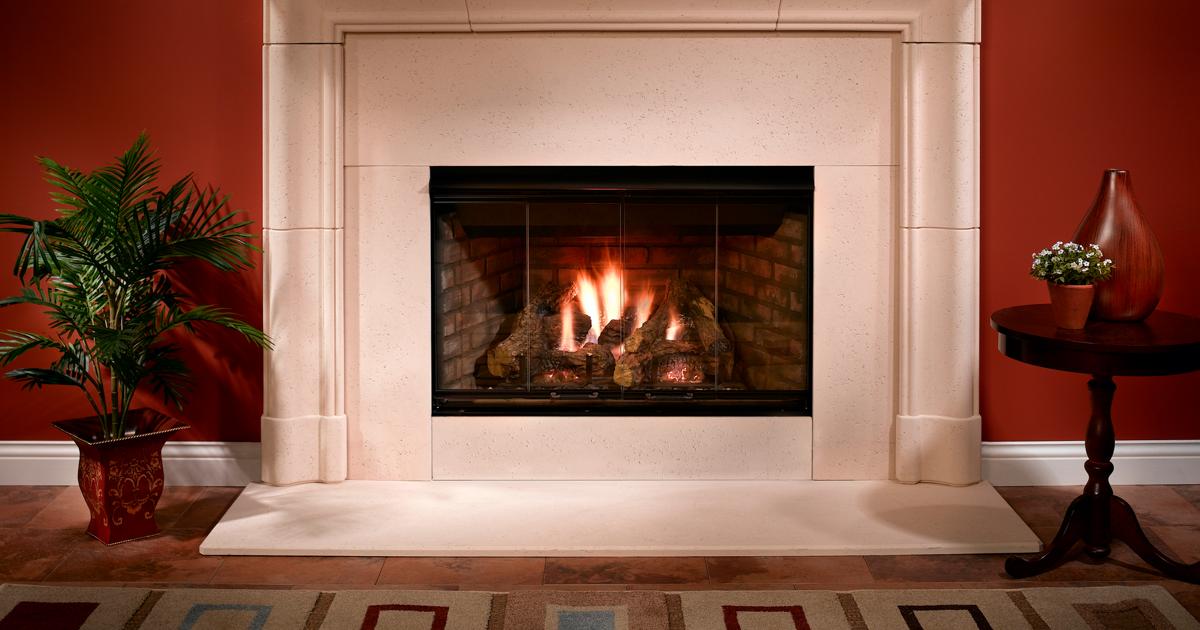
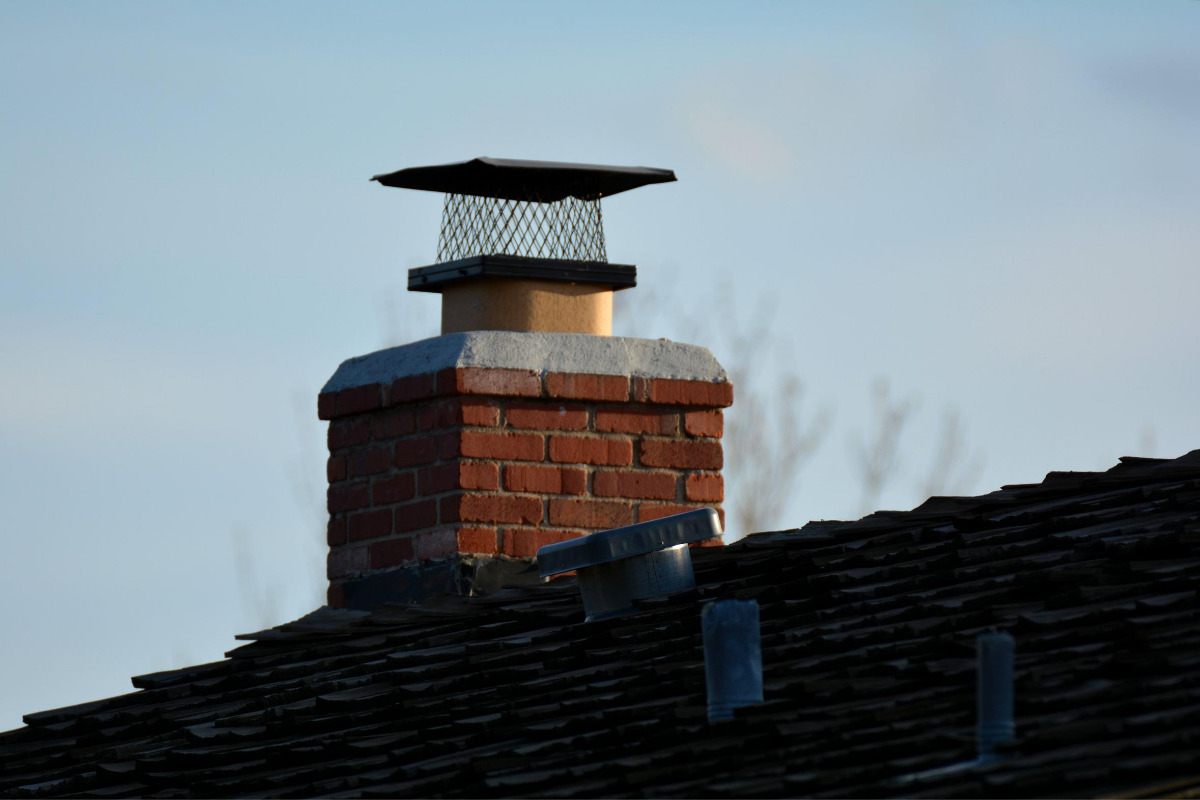
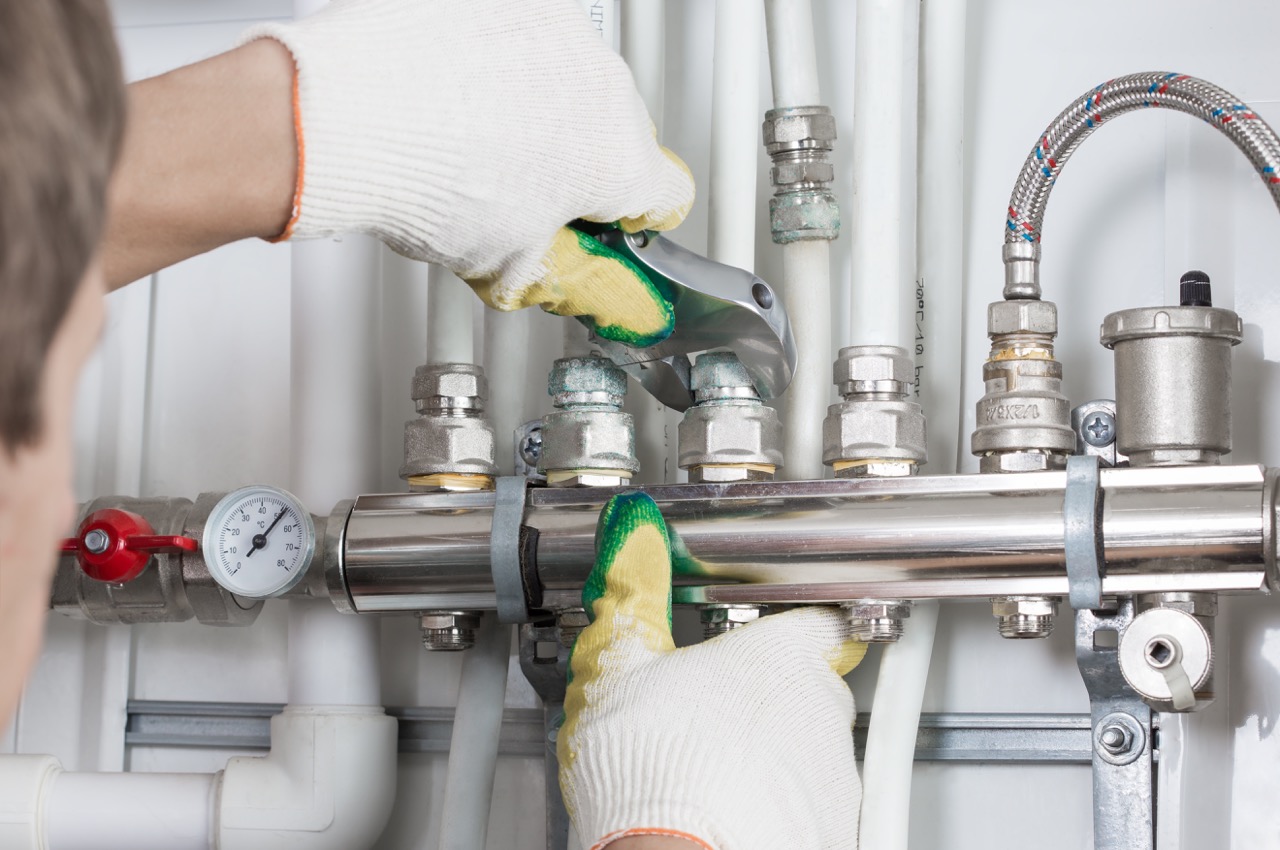
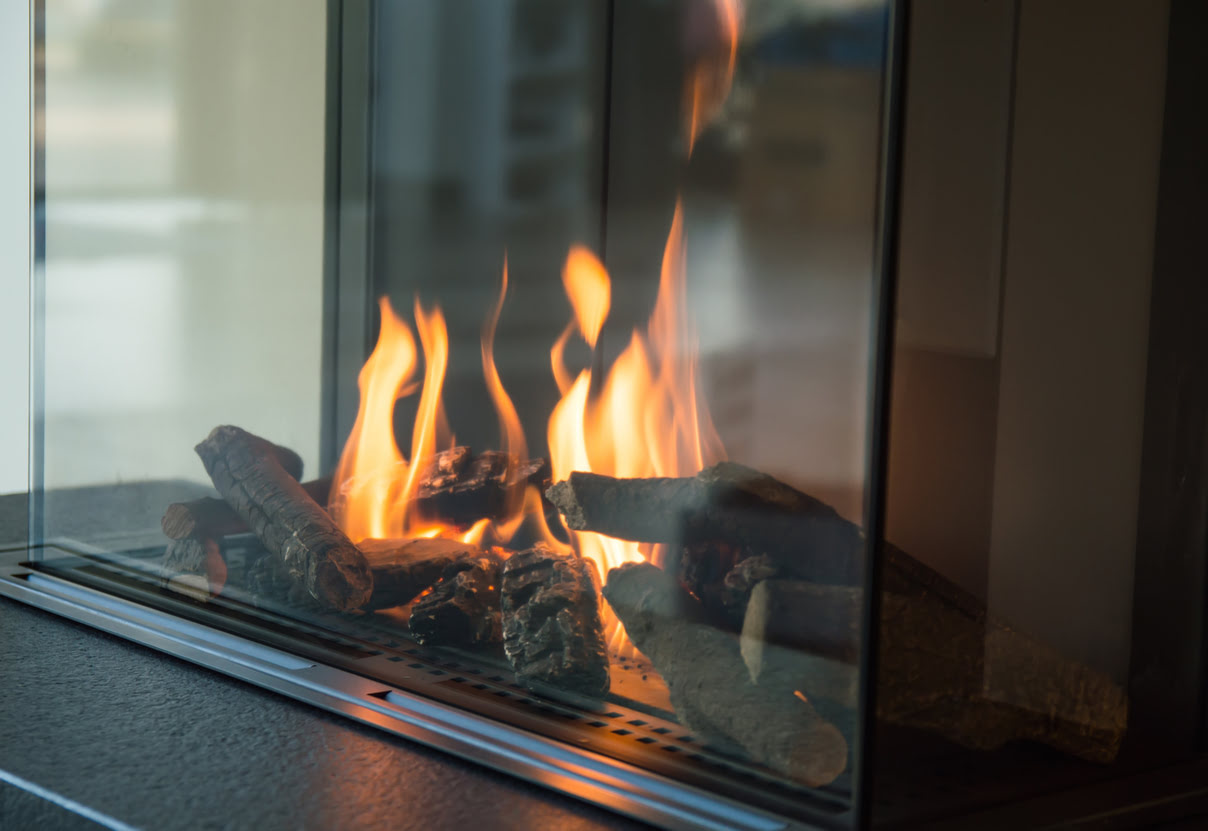
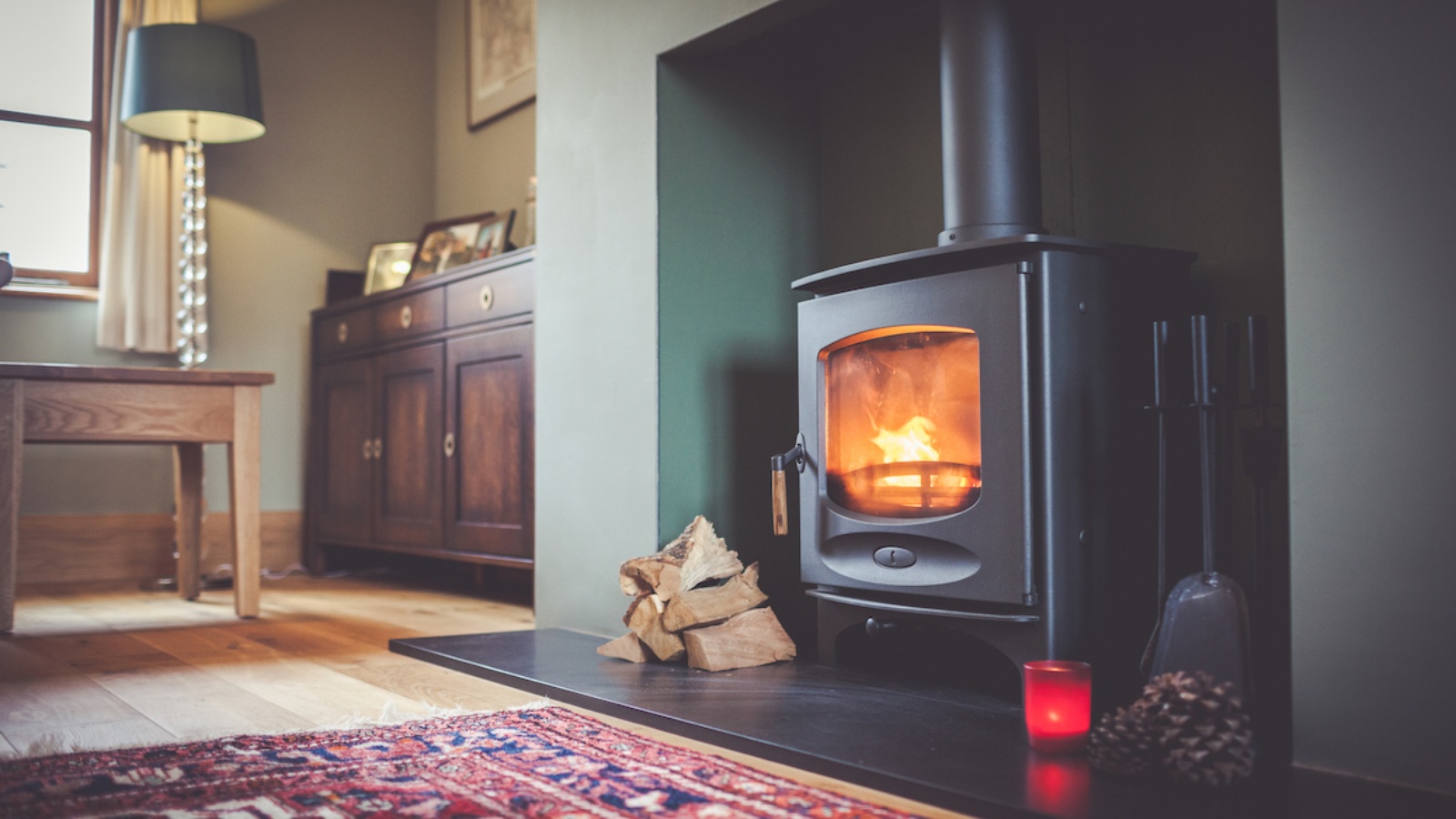
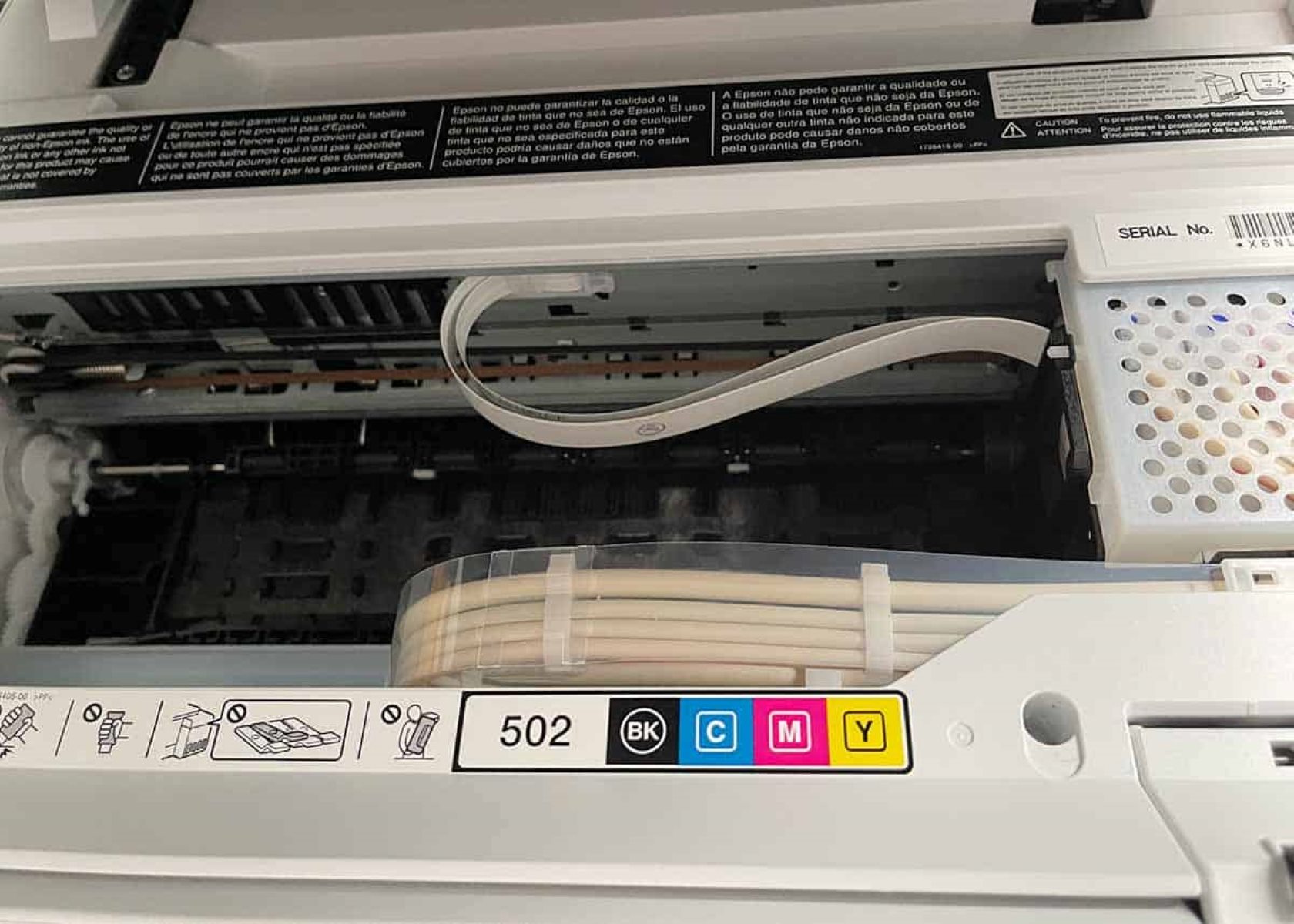
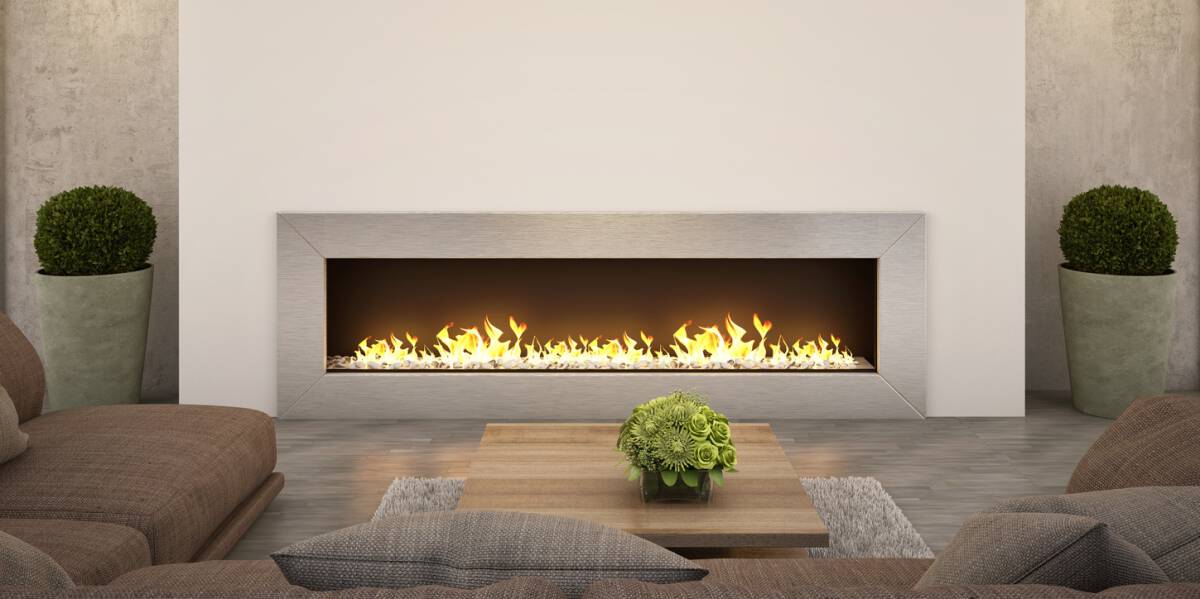
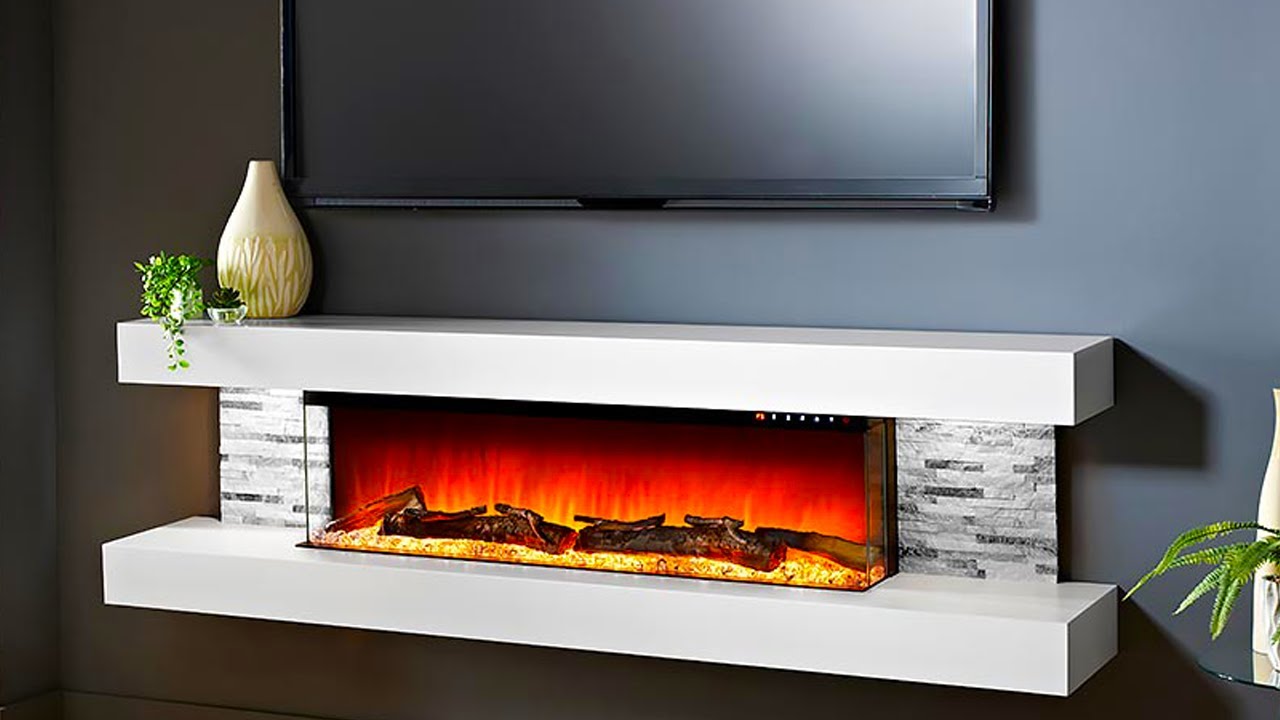
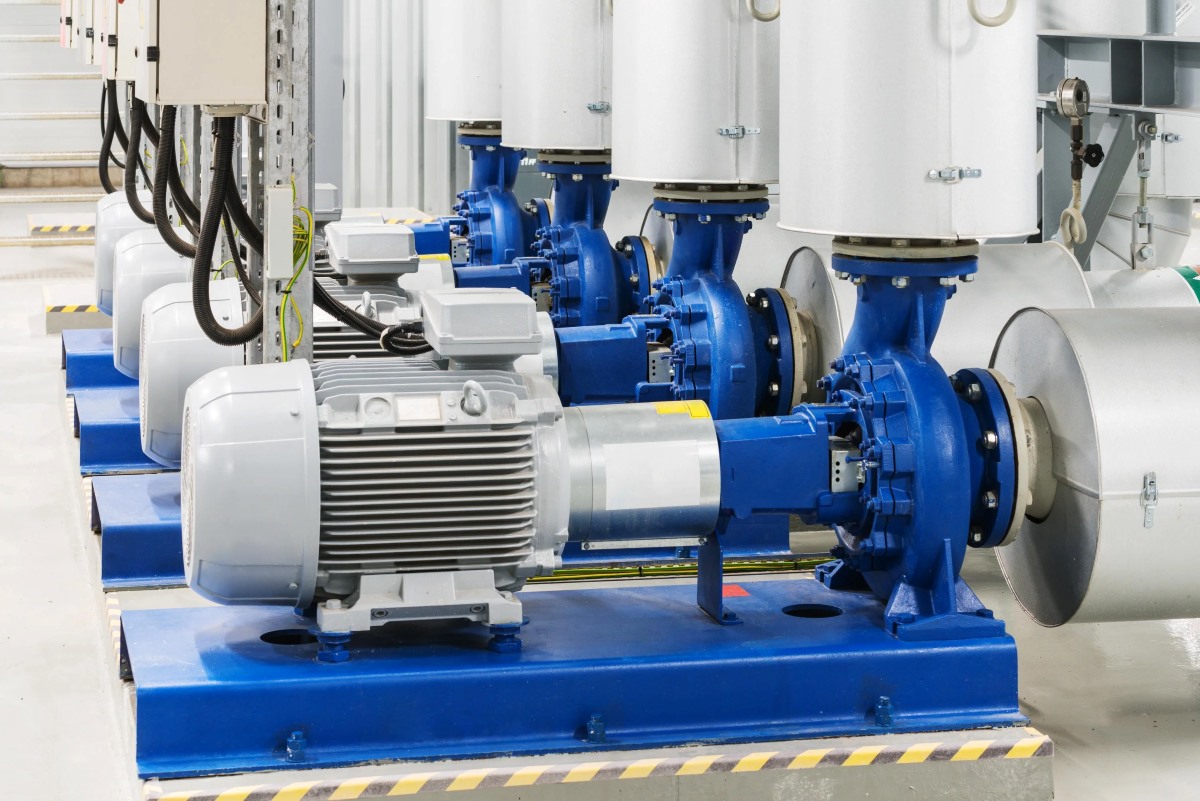
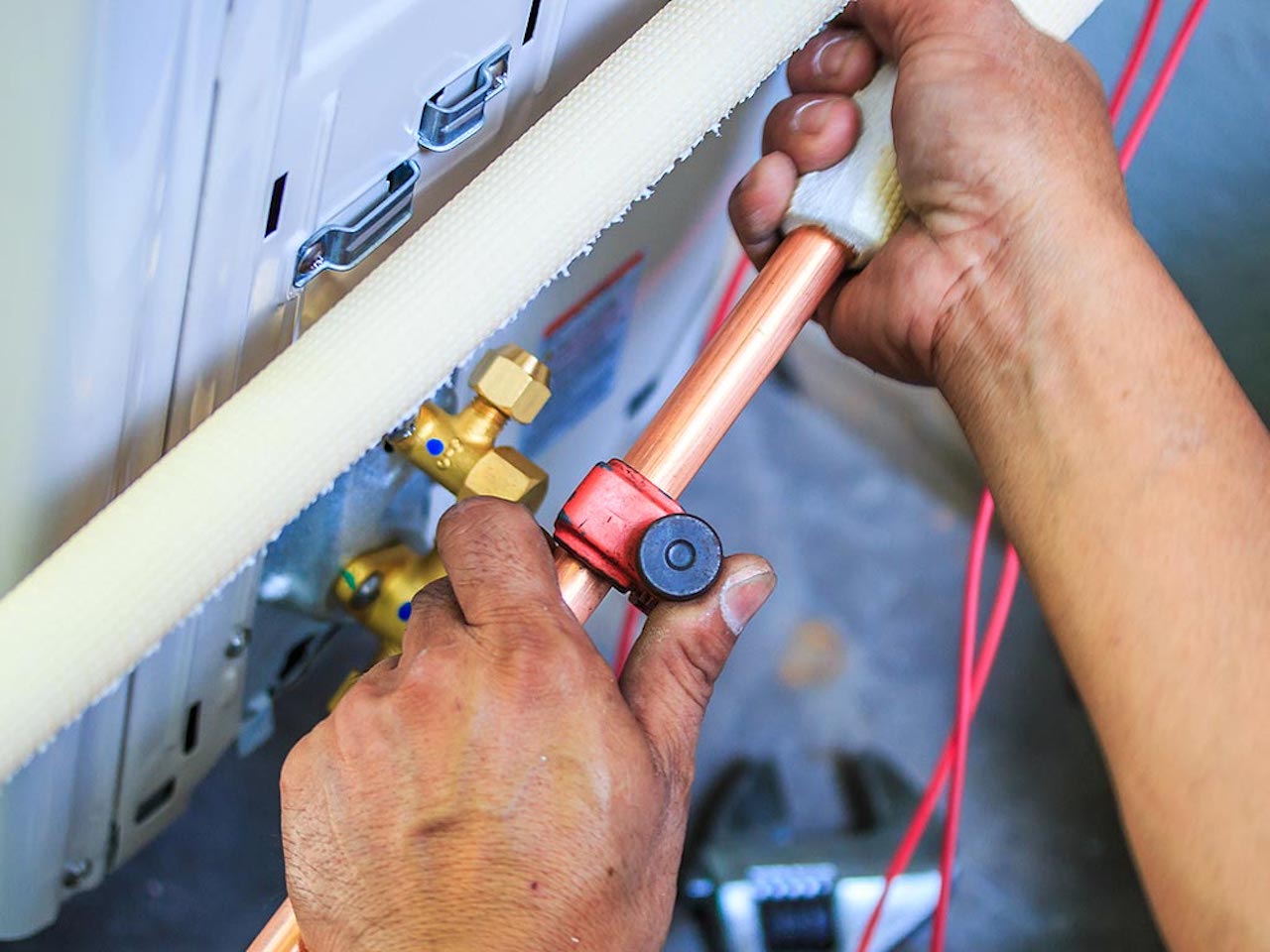
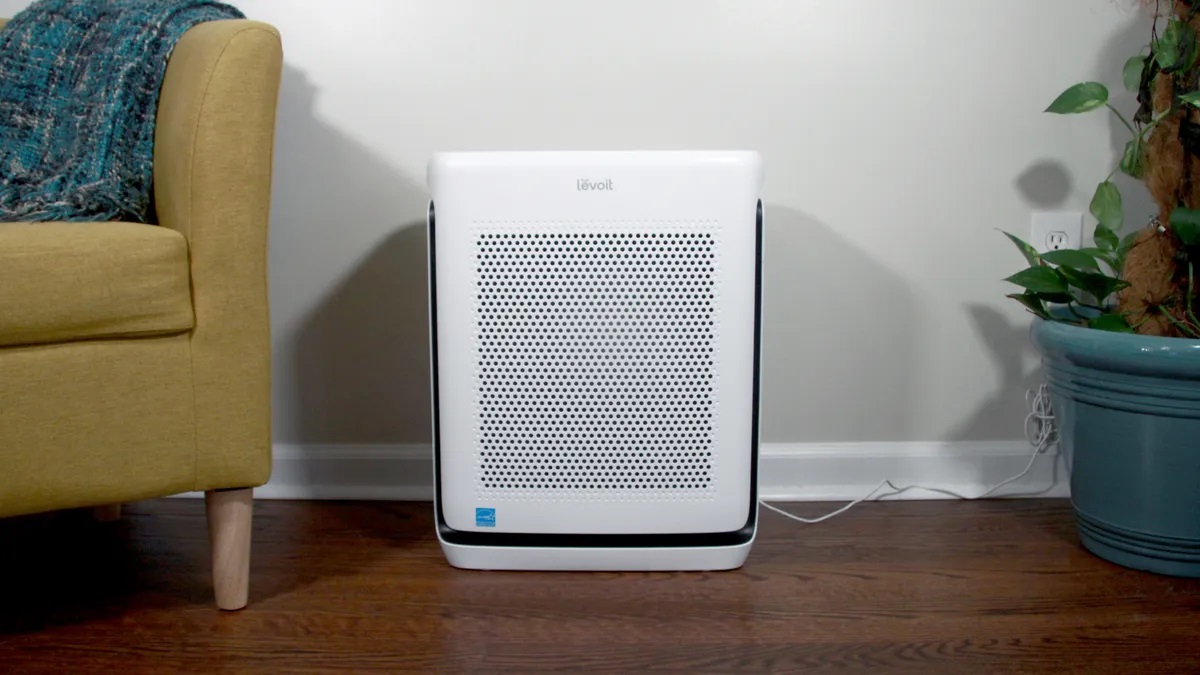
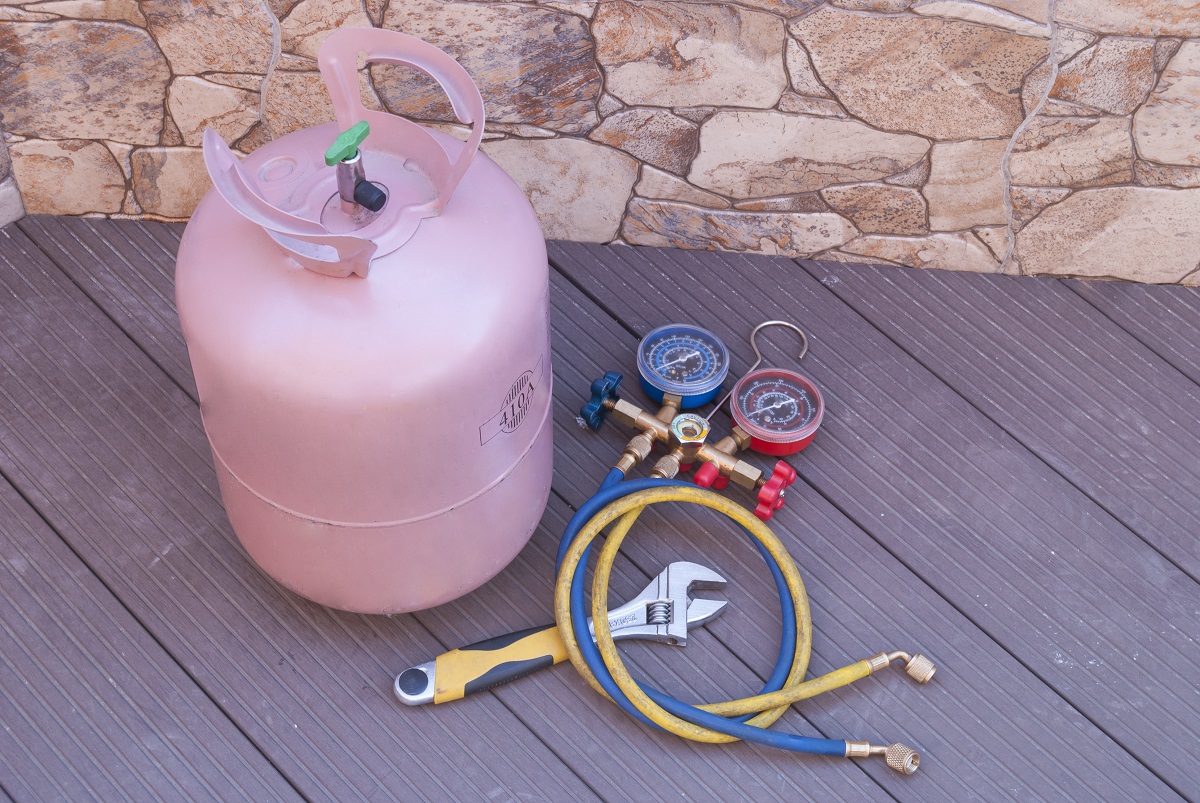
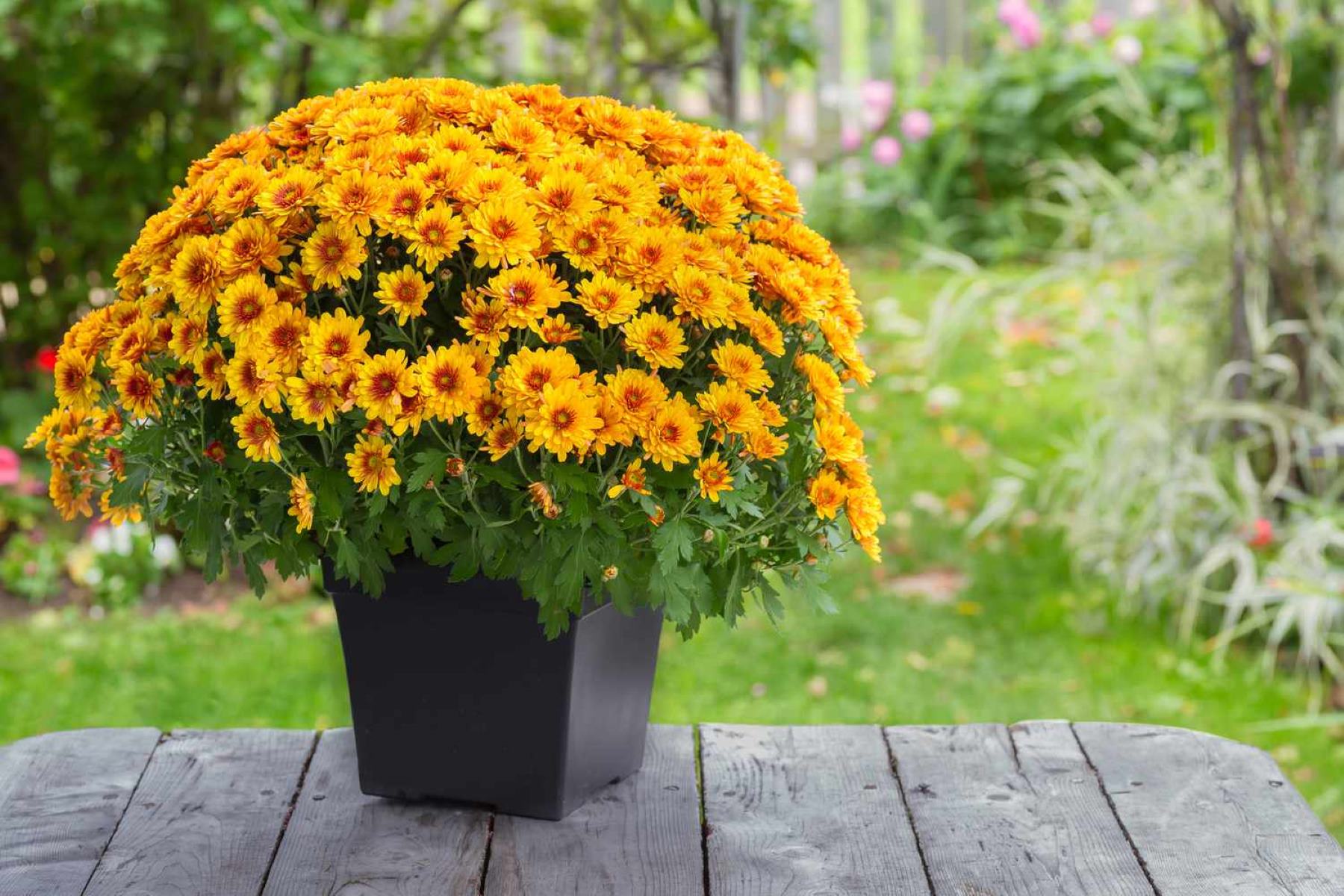

0 thoughts on “How Do I Know If My Fireplace Flue Is Open Or Closed”